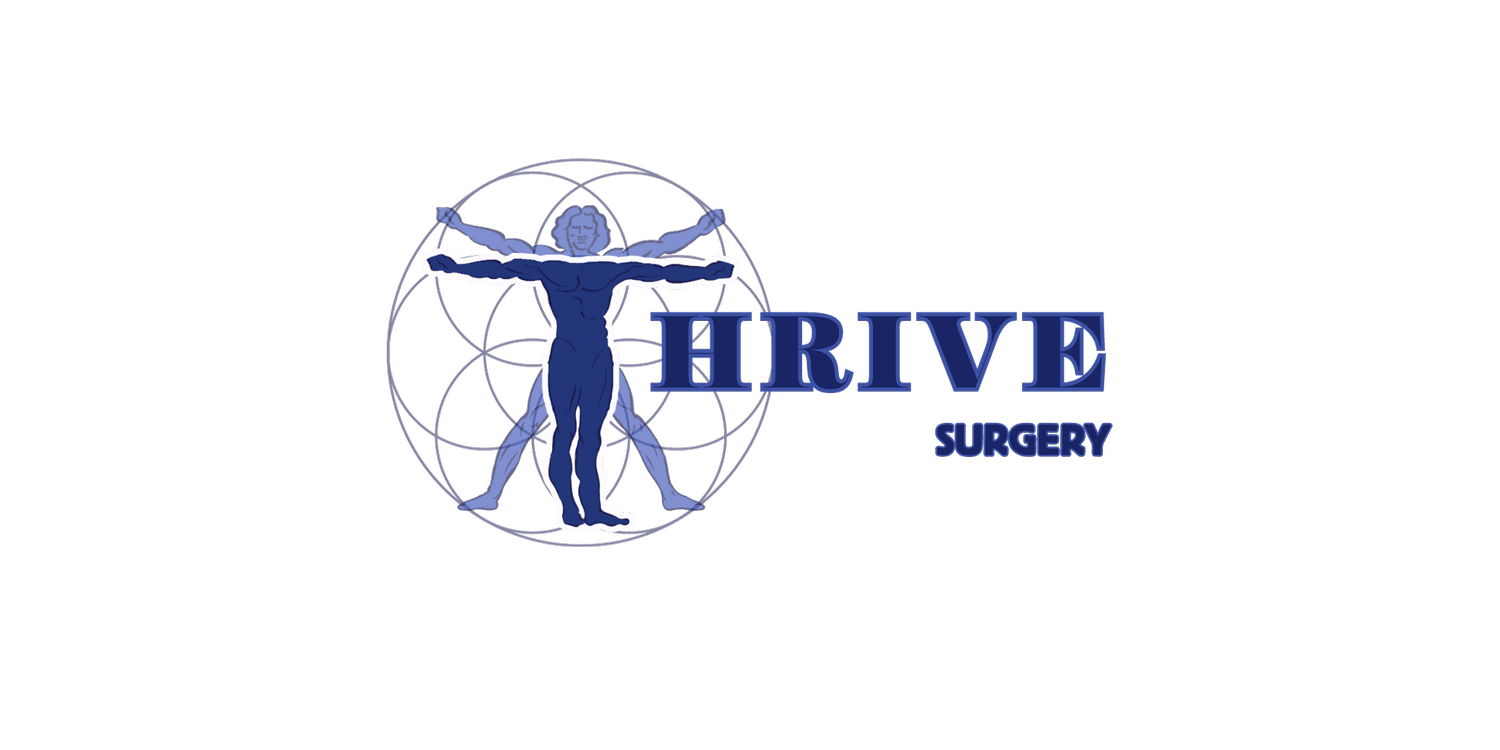Why and How Should You Have Your Hernia Fixed?
Hernias will not heal on their own. In the best case scenario, they can remain similar in size from the time of diagnosis. However, most often, hernias enlarge.
The most common reason to repair a hernia is to resolve pain or discomfort associated with it.
In addition, repairing your hernia electively prevents the relatively rare but potential disastrous complication of incarceration (bowel becomes trapped and obstructed in the defect) or strangulation (bowel becomes trapped and dies due to lack of blood supply).
There are essentially two main ways to repair hernias, an open approach and a minimally invasive approach with small incisions, which is the newer of the two. The minimally invasive way uses laparoscopic or robotic technology, predominantly robotic in our practice.
Instead of one larger incision near or at the site of the hernia, robotic repair uses about three ~1cm incisions in your mid-abdomen. In both cases, we patch the defect with mesh—either from the outside with the open approach or from the inside with the robotic approach.
There are risks as with any surgery, and these vary depending on the patient but are comparable with each approach. Hernia repair is considered a “clean” operation so infection rates are exceptionally low but can still occur.
Have Your Hernia Fixed
Robotic repair is associated with less pain and quicker recovery to normal activities in most people, and most people are candidates for robotic repair.
It is also the preferred method for bilateral hernias (groin hernias on both sides) because both hernias can be fixed at the same time and using the same set of small incisions.
In addition, recurrent hernias previously fixed by classic open approach should be repaired robotically to avoid prior scar tissue.
Have questions about Hernias? Contact us today

